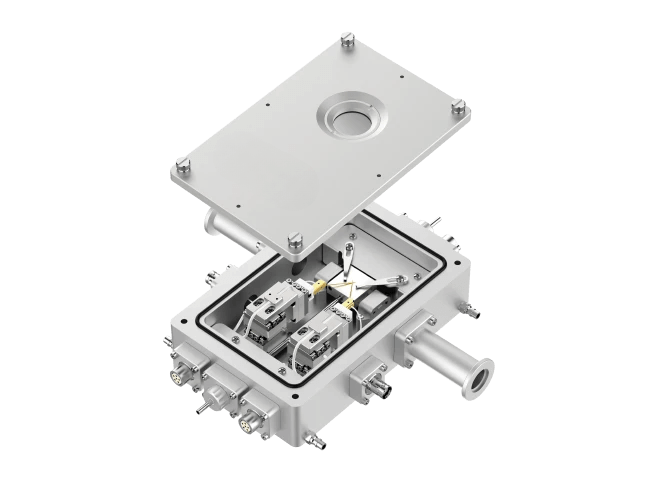电学型
Ultra-high temperature probe stage
High temperature resistance stability + High-precision testing + Flexible compatibility
- Super strong high-temperature resistance stability
- Flexible software compatibility
- High-precision temperature control and rapid temperature rise
- Compact and lightweight design
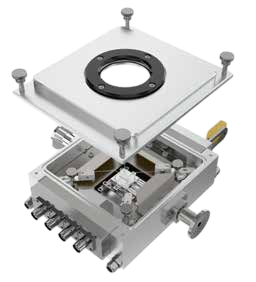
Ultra-high temperature probe stage
Typical applications:
- High-temperature stability testing of conventional perovskite devices (such as temperature-dependent electrical performance analysis of perovskite photovoltaic materials);
- Dielectric constant testing of inorganic non-metallic materials (such as ceramics) at medium-high temperatures (500-1000℃);
- Temperature-dependent resistivity testing of larger-sized (Φ16-22mm) metal sheets.
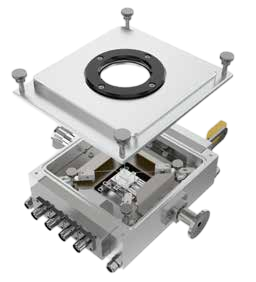
Ultra-high temperature probe stage
Typical applications:
- Ultra-high temperature resistivity testing above 1000°C for high-temperature resistant materials (such as superalloys, high-temperature semiconductors);
- Verification of extreme high-temperature electrical properties of miniaturized perovskite chips (Φ16mm and below);
- Electrical signal stability testing of electronic components (such as high-temperature sensors) at the extreme temperature of 1200°C.
GG Series ProbeThermo Stage
Wide temperature range adjustment, precise temperature control, probe integrated measurement
- Accurate temperature control (±0.1℃, multi-mode)
- Strong adaptability (compatible with optional instrument optical paths)
- Standard probes (4 sets of BNC interfaces)
- Customization support (chamber, probes, software)
- Unified temperature control (high heating and cooling rates)
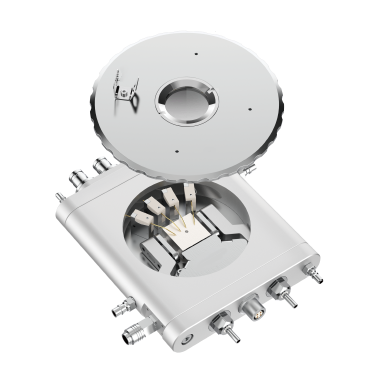
VL Electrical Heating and Cooling Stage
It has a wide temperature range, and the probe is easy to replace and position.
Applications: Electrical performance testing of semiconductor devices at high and low temperatures, research on thermal stability of materials.

VL Electrical Heating and Cooling Stage
Stable temperature control at medium and low temperatures, and vacuum environment to prevent interference.
Applications: Medium and low temperature electrical tests requiring a vacuum environment, such as organic semiconductor research.
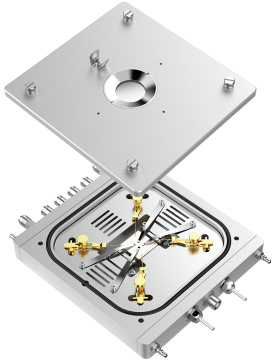
VL Electrical Heating and Cooling Stage
Wide temperature range and stable probe position.
Application: Long-term tests with high requirements for probe stability, such as material aging experiments.
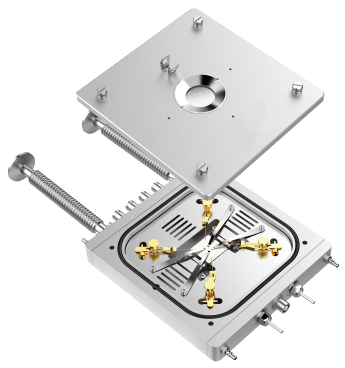
VL Electrical Heating and Cooling Stage
Accurate temperature control at medium and low temperatures, and a pure vacuum environment.
Application: Performance testing of medium and low temperature electronic components in a vacuum environment.

VL Electrical Heating and Cooling Stage
No liquid nitrogen required, easy to operate, and low energy consumption.
Application: Testing near room temperature, such as sensor performance detection.

VL Electrical Heating and Cooling Stage
No liquid nitrogen required, and vacuum environment testing is convenient.
Application: Electrical testing near room temperature that requires a vacuum.

VL Electrical Heating and Cooling Stage
Small in size, suitable for oil bath testing.
Low-temperature testing in oil baths with limited space, such as small electronic modules.
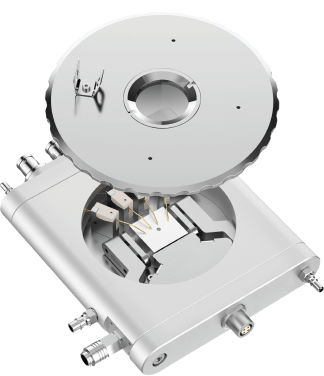
VL Electrical Heating and Cooling Stage
Good high-temperature performance and flexible probes.
Applications: Conductivity testing of high-temperature materials, calibration of high-temperature sensors.
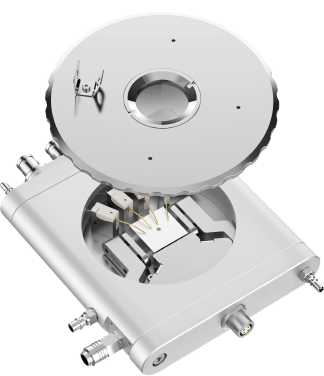
VL Electrical Heating and Cooling Stage
Ultra-high temperature resistance and long-term stability.
Applications: Performance testing of ultra-high temperature materials, such as research on high-temperature electrical properties of ceramics.
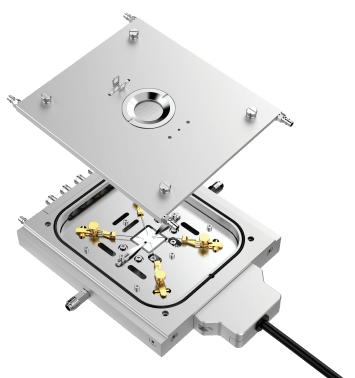
VL Electrical Heating and Cooling Stage
The maximum temperature reaches 1000℃, with excellent high-temperature performance.
Applications: Testing of material properties under extreme high temperatures, such as research on refractory materials.

VL Electrical Heating and Cooling Stage
The upper temperature limit is higher, reaching 1200℃, which meets the needs of higher temperature testing.
Application: Testing the electrical properties of special materials (such as superalloys) in ultra-high temperature environments.
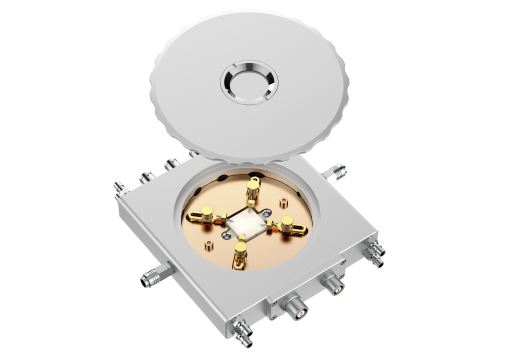
VL Electrical Heating and Cooling Stage
Tungsten probes are used, which are resistant to high temperatures and have high hardness, making them suitable for stable testing under high temperatures.
Applications: Tests that require high probe hardness at high temperatures, such as research on the performance of high-temperature semiconductor devices.
ExtProbe Stage
External / internal displacement mechanism, with high-precision adjustability + high stability + wide temperature range coverage
- High-precision probe adjustment and signal transmission
- Highly stable temperature control and wide scene adaptation
- Vacuum environment and optical compatibility design
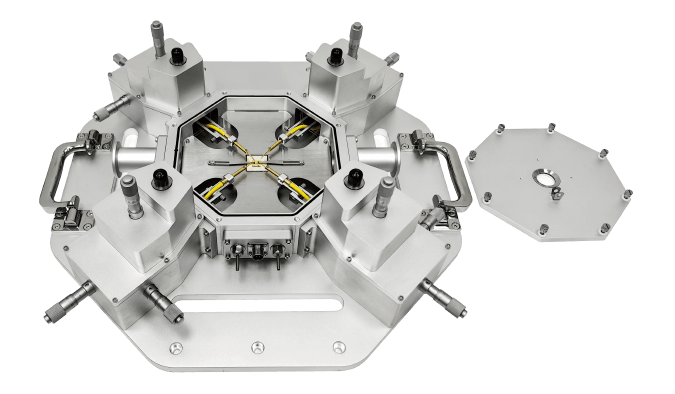
VL Externally Adjustable Probe Stage
It has strong low-temperature control capability (minimum -190℃), and the built-in displacement stage has a compact structure, making it suitable for experimental scenarios with limited space.
The silver sample stage has uniform thermal conductivity, ensuring the temperature consistency of the sample at low temperatures.

VL Externally Adjustable Probe Stage
The external displacement stage facilitates the loading and unloading of samples during experiments, offering greater operational flexibility.
Bellows connection reduces vibration interference, ensures the precision of probe contact, and is suitable for tests that require frequent sample replacement.
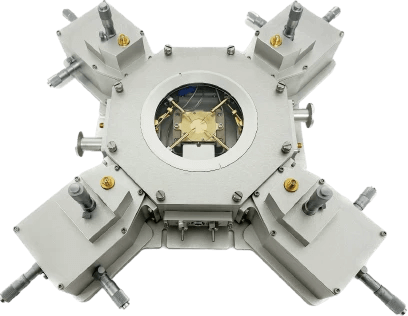
VL Externally Adjustable Probe Stage
No liquid nitrogen consumption, low operating cost and safe operation; the copper sample stage is larger in size, suitable for larger-sized samples.
The temperature control rate reaches 30℃/min, with balanced heating and cooling efficiency.

VL Externally Adjustable Probe Stage
It has strong ultra-high temperature resistance and can operate stably for a long time. The XYZ axis stroke is the largest, and the probe adjustment range is wider.
The tungsten-rhenium probe is resistant to high temperatures and is suitable for ultra-high temperature testing needs.
MotorProbe Stage
Quick response feature + strong optical compatibility + easy operability
- Precise electronic control adjustment
- Wide temperature range and stable temperature control
- High-quality optical properties
- Diversified functional design
